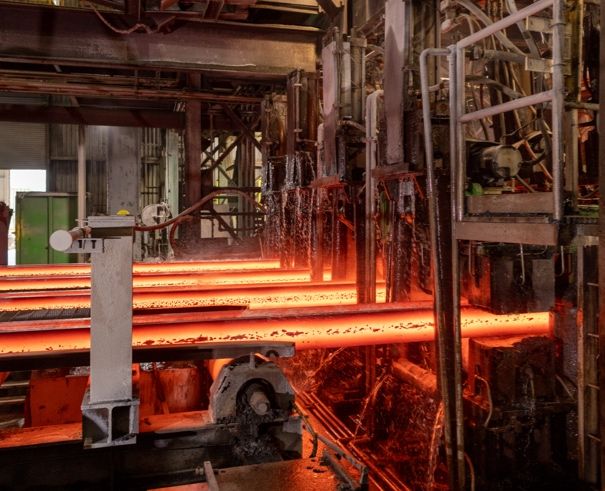The U.S. International Trade Commission (USITC) included a profile of the U.S. iron and steel industry as part of a report on tariffs imposed primarily on China.
At the outset, it has been said that iron and steel are the base metals of any industrial society and are vital to the United States for its national security and economic well-being.
According to a study commissioned by the American Iron and Steel Institute (AISI), the U.S. steel industry accounted for more than $520 billion in economic output and nearly 2 million jobs in 2017, when direct and indirect impacts are taken into account.
With that capacity, the U.S. industry supplies the vast majority of the domestic steel market, accounting for nearly 80% of the total domestic market in 2021.
The U.S. steel industry has evolved over the past few decades.
Iron and steel industry profile
As explained by the USITC, U.S. steel mills produce steel primarily through two distinct production methods using different types of furnaces and raw materials.
The more «traditional» method occurs in large, vertically integrated steel mills, which use furnaces to heat coal into coke, combine the coke with iron ore in a blast furnace to produce pig iron, and then melt the pig iron in a basic oxygen furnace to produce liquid steel.
This process is commonly referred to as the blast furnace/basic oxygen furnace (BF-BOF) method.
Alternatively, production facilities known as «minimills» use electric arc furnaces (EAF) to melt steel scrap and, in some cases, iron pellets to produce liquid steel.
In 2021, up to 29% of domestic steel production was produced by just three companies, which operated integrated steel mills in 11 U.S. locations.
The remaining 71% of domestic steel production was produced by 50 companies, operating 101 minimills.
Once steel is produced in its liquid state, it is cast into rectangular slabs (long billets a few inches thick) or other shapes and allowed to cool.
Rolling mills then shape the semi-finished steel into a variety of products, generally classified as «flat» products (steel plates and coils) or «long» products (bars, rails, wire rod).
![]()

